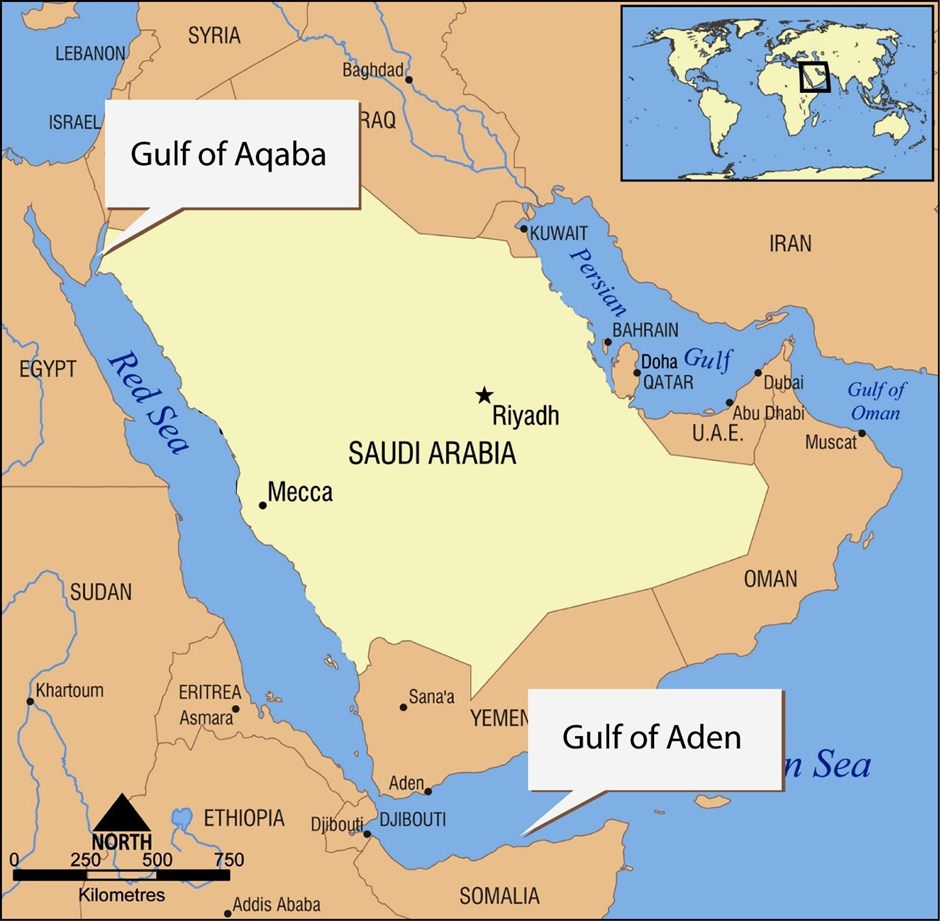National Handloom Day 2024
National
Handloom Day 2024
Why
In News:
National
Handloom Day 2024 will be celebrated on August 7th, 2024 to honour India’s rich
handloom heritage. As the nation celebrates the 10th National Handloom Day
2024, Prime Minister Narendra Modi gave a call for ‘Vocal for Local.’ The day
promotes indigenous craftsmanship, supports weavers, and highlights the
handloom sector’s socio-economic significance.
Significance
of Handlooms in India
·
The Handloom Sector in
India is a significant and key performing part of the country’s economy,
culture, and social fabric. Here are some key aspects that underline the
significance of National Handloom Day:
1. Economic
Contribution
Employment:
The handloom industry is the second-largest employment provider in India after
agriculture.
Handloom
Industry and Exports: Handloom products
contribute significantly to India’s export earnings was $1802.36 Mn during
Apr-Mar 2024;
GDP
Contribution: The sector contributes to industrial
production around 14%, 4% of GDP, and makes up 13% of export earnings in India
and plays a crucial role in the rural economy.
2. Cultural
Significance
Diversity:
India has a rich diversity of handloom products, each representing unique
regional identities and traditional craftsmanship. From Banarasi silk saris to
Pashmina shawls.
Artisan
Heritage: The craft of handloom weaving has been
passed down through generations, preserving traditional techniques and patterns
that are integral to India’s cultural heritage.
3. Social
Importance
Empowerment:
Handloom weaving provides empowerment to women, offering them economic
independence and social recognition.
Government
Initiatives and Policies
1. National
Handloom Development Programme (NHDP)
Objective:
This programme aims to provide financial assistance for technology upgrades,
marketing support, and skill development.
Components:
The programme includes comprehensive schemes for marketing, infrastructure
development, and social welfare.
2. Handloom
Weavers’ Comprehensive Welfare Scheme
Purpose:
The purpose of this scheme is to provide health and life insurance coverage to
handloom weavers.
Coverage:
This scheme offers insurance benefits under schemes like the Pradhan Mantri
Jeevan Jyoti Bima Yojana (PMJJBY) and the Pradhan Mantri Suraksha Bima Yojana
(PMSBY).
3. Yarn
Supply Scheme
Aim:
This scheme is created to ensure the regular supply of yarn at reasonable
prices, enhancing the production capacity of weavers.
Subsidy:
This scheme provides a subsidy on the cost of yarn to make handloom products
competitive in the market.
4. MUDRA
Scheme for Weavers
Purpose:
The MUDRA(Micro Units Development & Refinance Agency) scheme offers
financial assistance to handloom weavers and artisans.
Loan:
Provides loans up to INR 10 lakhs for business development, supporting the
growth of micro and small enterprises in the handloom sector.
5. Marketing
Support
Exhibitions
and Fairs: The government organizes national and
international exhibitions and fairs to provide a platform for handloom weavers
to showcase their products.
E-commerce
Platforms: Collaboration with e-commerce giants to
facilitate online marketing, ensuring broader reach and better sales.
Challenges
Faced by the Handloom Sector
Despite
its rich heritage and economic importance, the Handloom Sector in India faces
several challenges.
§
Competition from Power
Looms
Mechanization:
The rise of mechanized power looms has surpassed and neglected the use of
traditional handlooms, leading to reduced demand and lower prices for handloom
products.
Cost-Effectiveness:
Power looms produce textiles more rapidly and cost-effectively, creating a
significant threat to handloom weavers.
§
Lack of Modernization
Technology
Gap: Many weavers still use traditional
methods and lack access to modern technology which affects productivity and
quality.
Skill
Development: There is a need for comprehensive
training programs to upgrade skills and introduce innovative designs that can
help the artisans and weavers by developing new efficient skills.
§ Market
Access
Limited
Reach: Handloom products often have limited
market access, with many weavers unable to connect directly with consumers.
Middlemen
Exploitation: Weavers are often exploited by
middlemen, who take a significant share of the profits, leaving the artisans
with insufficient and low earnings.
§
Financial Constraints
Lack
of Credit: Many weavers face difficulties in
accessing credit facilities, which hinders business expansion and
modernization.
High
Input Costs: The rising cost of raw materials and
yarn affects the profitability of handloom weaving, making it less sustainable
for artisans.


Comments
Post a Comment